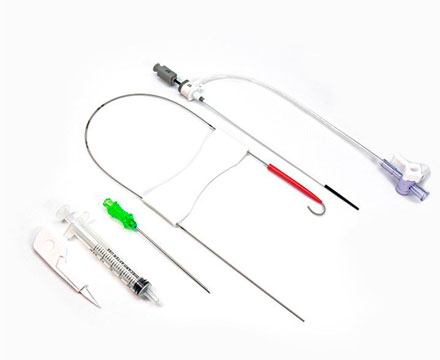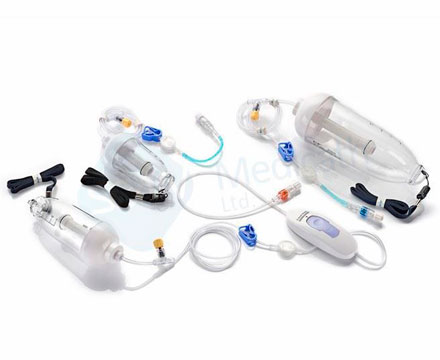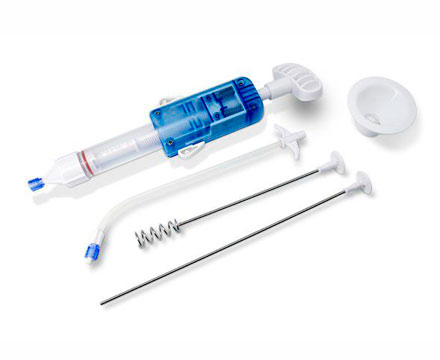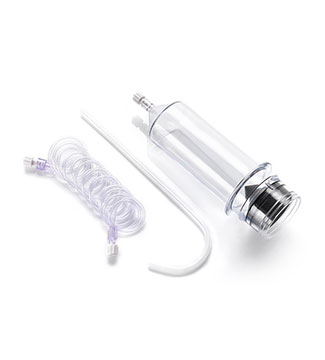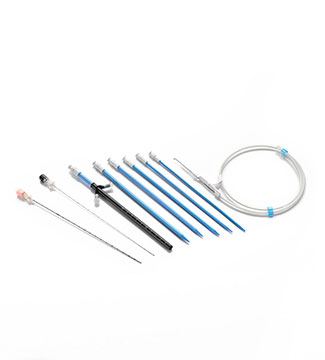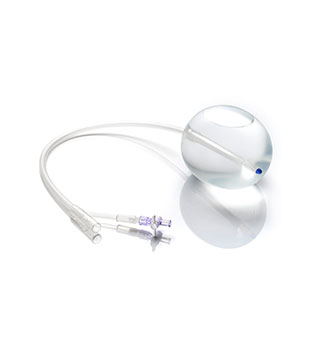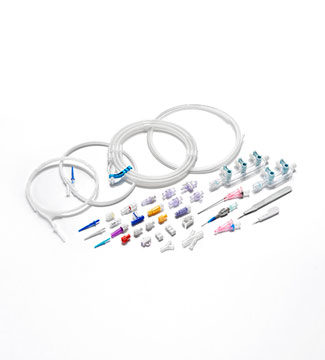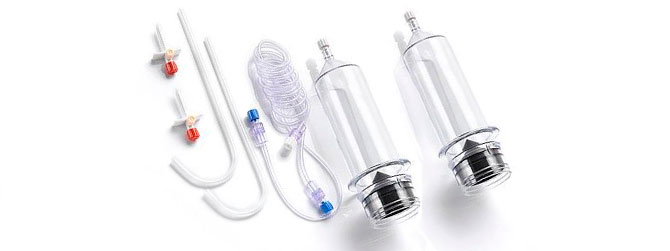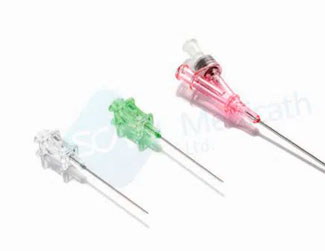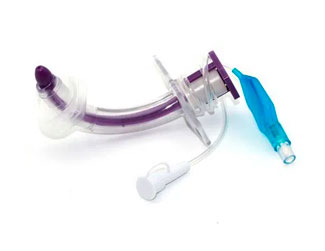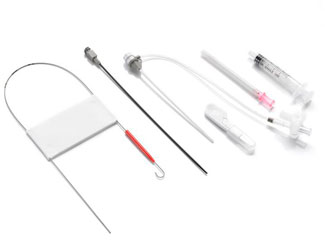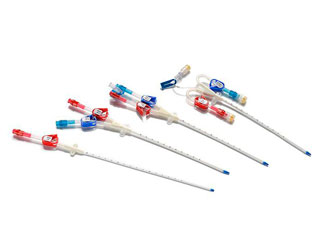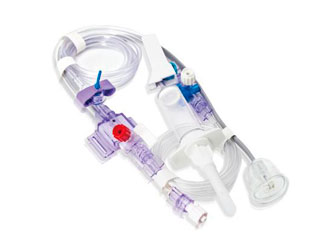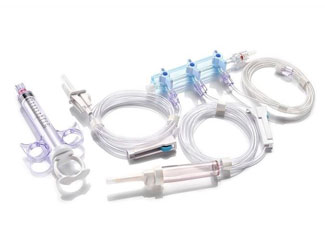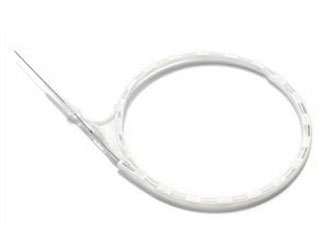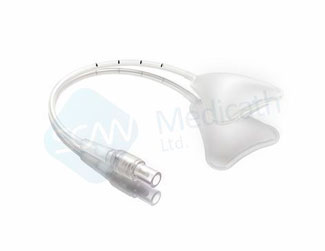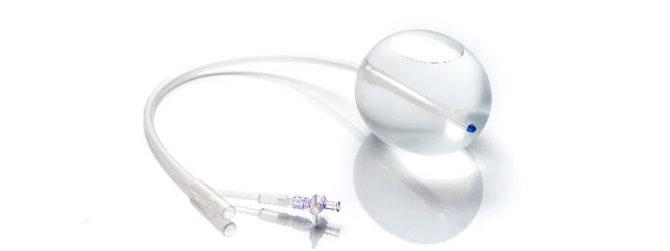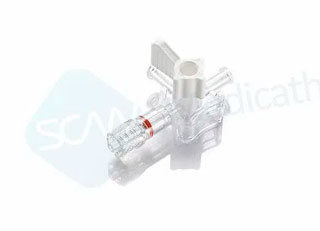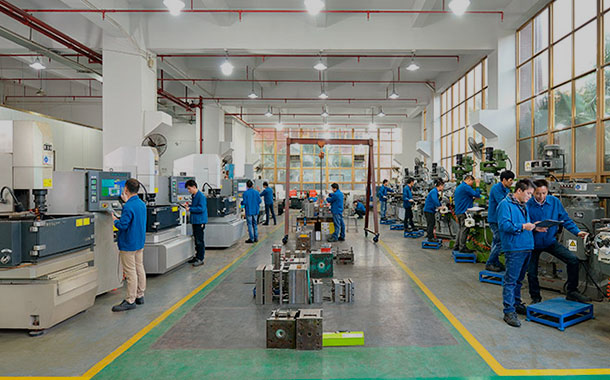The Unique Features of Rotating Hemostatic Valve Systems
In the medical field, advancements in technology and innovative products have revolutionized surgical procedures. One such groundbreaking development is the rotating hemostatic valve. This advanced valve system offers numerous unique features that are instrumental in improving patient outcomes and streamlining surgical processes.
Introduction to Rotating Hemostatic Valve Systems
Rotating hemostatic valve systems are instrumental in maintaining the integrity of catheter insertion sites during minimally invasive procedures. These valves consist of a rotating mechanism that allows for the seamless rotation of catheters or instruments without disrupting the flow of blood or other fluids. This unique feature renders them indispensable in various medical applications.
Enhanced Safety and Precision
One of the primary benefits of rotating hemostatic valve systems is the enhanced safety they provide during procedures. The rotational feature ensures that surgeons can manipulate catheters or instruments without exerting excessive force or causing unintended damage. This precision is vital in delicate surgical procedures, reducing the risk of complications and improving patient safety.
Additionally, the rotating mechanism facilitates controlled rotation, allowing surgeons to navigate through complex anatomical structures accurately. This advantage results in improved surgical outcomes, reducing the need for additional interventions or extended recovery periods.
Fluid Control and Leakage Prevention
Another significant advantage of rotating hemostatic valve systems is their exceptional fluid control capabilities. By effectively sealing insertion sites, these valves prevent blood loss and fluid leakage, decreasing the risk of post-operative complications such as infection or hematoma formation. This results in shorter hospital stays and quicker patient recovery.
Moreover, the rotating feature of these valves enables efficient irrigation and aspiration during surgical procedures. Surgeons can easily manipulate catheters or instruments within the valve system, ensuring optimal fluid control and eliminating the need for additional equipment or repeated catheter removal.
Ease of Use and Versatility
Rotating hemostatic valves are designed to be user-friendly, allowing surgeons to incorporate them seamlessly into their procedures. These versatile valve systems are suitable for a wide range of medical applications, including cardiac, vascular, and urological procedures.
Furthermore, their compatibility with various catheter sizes and types enhances their versatility. Surgeons can confidently use rotating hemostatic valves with different-sized catheters, minimizing the need for additional equipment or specialized valve systems. This adaptability streamlines workflow, reduces costs, and further increases the efficiency of surgical procedures.
The advent of rotating hemostatic valve systems has brought a new level of precision, safety, and fluid control to minimally invasive procedures. With their unique features, including enhanced safety and precision, fluid control, and ease of use, these valve systems have revolutionized the medical field. Adopting rotating hemostatic valves ensures superior patient outcomes, reduces the risk of complications, and provides surgeons with an invaluable tool for achieving success in complex surgical interventions.

 English
English  日本語
日本語  한국어
한국어  français
français  Deutsch
Deutsch  Español
Español  русский
русский  português
português  العربية
العربية  tiếng việt
tiếng việt  ไทย
ไทย  Malay
Malay  हिंदी
हिंदी 
